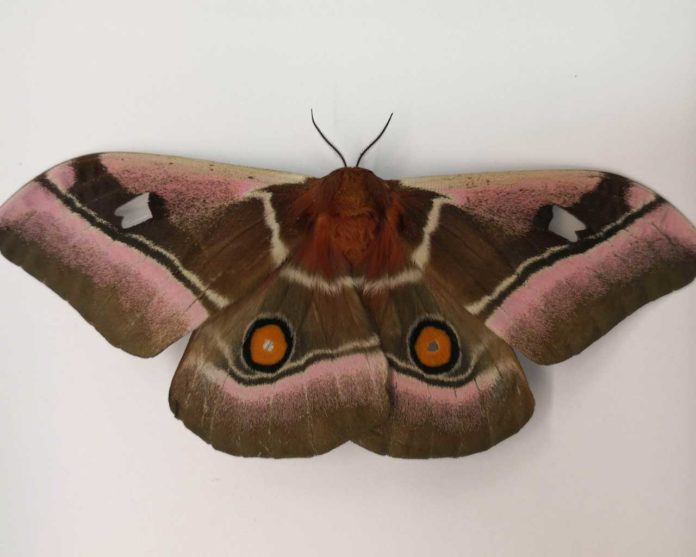Scientists at the University of Bristol are working on a new project, where they are developing an ultra-thin soundproofing material inspired by the tiny sound absorbent scales found on the wings of a giant species of moth.
Based on their earlier work, the project unveiled the remarkable acoustic camouflage skills of the African Cabbage Tree Emperor moth. Moreover, the prototype material will come with some exciting properties: broadband multidirectional absorption at a thickness only fractions of the sound wavelength- to help control noise pollution in cities, offices, and homes.
For this work, a multi-disciplinary team of researchers comprising biologists, mathematicians, engineers, and industry collaborated together to comprehend to understand the biophysics and biomechanical properties of the moth’s scales and its fibrous porous fur, which is notably more efficient as comparable technical sound-proof solutions.
Dr. Marc Holderied, Reader in Biological Sciences and the project lead, said: “The negative social and health effects of noise, exacerbated by the increasing population densities in cities, are wide-ranging and include cardiovascular disease, cognitive impairment, sleep disturbance, tinnitus, and annoyance. The direct cost to the NHS of hearing loss is estimated to be 450M per year and hearing loss in the UK affects 10 million people.”
“This project aims to unlock the potential of evolved deeply subwavelength sound absorbers to develop a new sound absorption metamaterial with lower space and weight footprint that promises more flexible and acceptable noise control solutions for our offices and homes.”
The three-year project entitled ‘Biological metamaterials for enhanced noise control technology’ which commenced in April 2019, has been funded £1.6 million from the ‘Building Collaborations at the Physics of Life Interface‘ a joint initiative by EPSRC, BBSRC and MRC.
